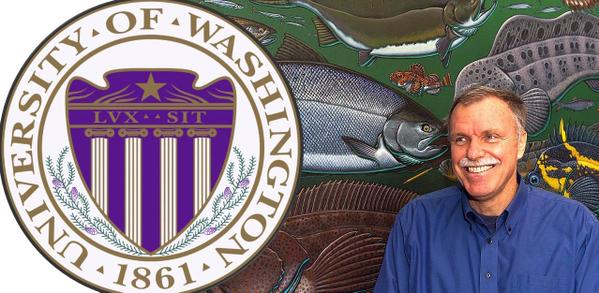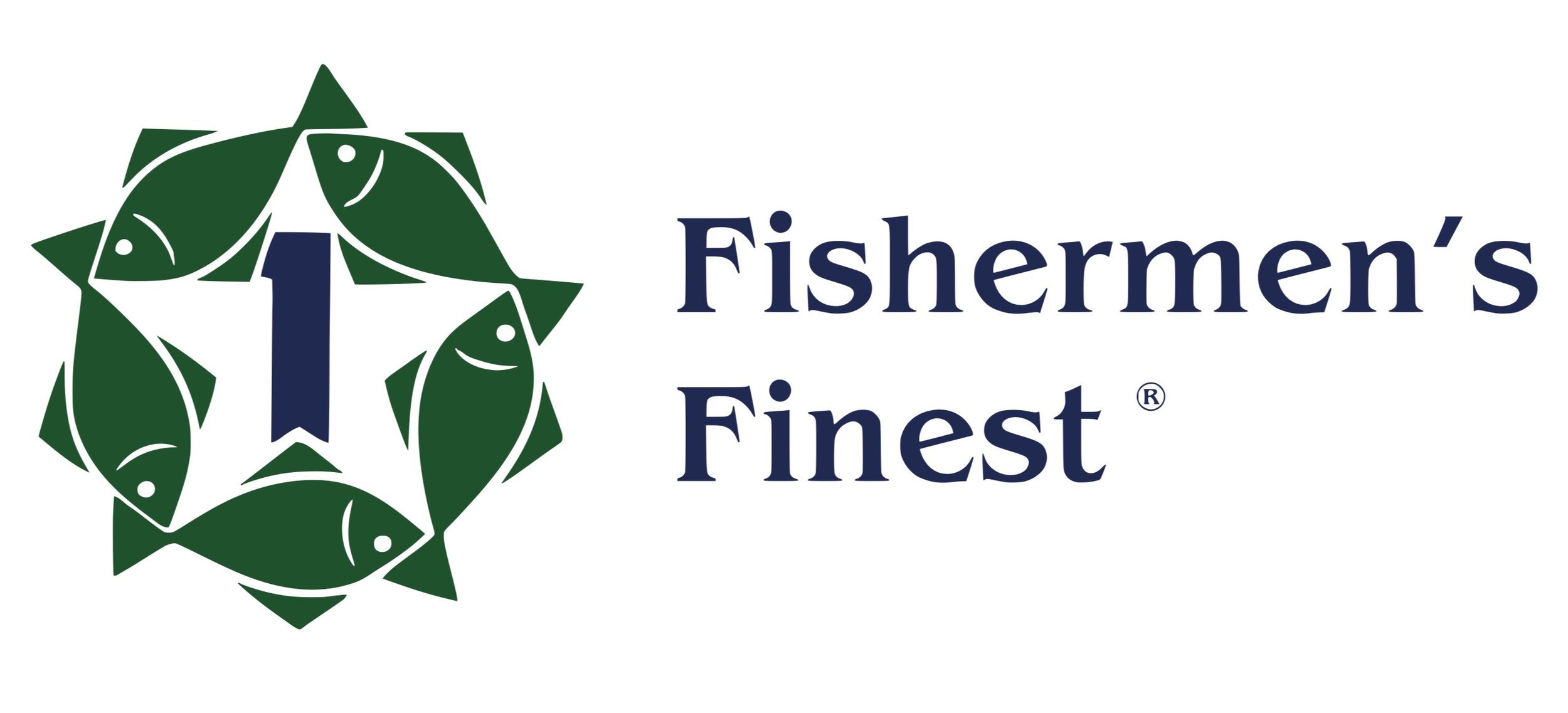Ray Hilborn
Where is the science in seafood sustainability and certification?

It is about money and values – science has been largely lost
Seafood sustainability is again in the news as the Global Seafood Sustainability Initiative (GSSI) released its tool for evaluating the sustainability of fisheries. The GSSI tool has drawn immediate criticism from World Wildlife Fund (WWF) as they recently published an article titled, “GSSI compliance does not indicate sustainability certification, WWF warns.” This is an interesting development since WWF is on the board of GSSI. GSSI is intended to provide an agreed standard for the wide range of certification and seafood labeling schemes. As their web site says “GSSI is a global platform and partnership of seafood companies, NGOs, experts, governmental and intergovernmental organizations working towards more sustainable seafood for everyone.” So who is right in this case, does the GSSI benchmarking tool tell you if a fishery is sustainable?
At its core, seafood sustainability is about the ability to produce food from the sea in the long term. Put another way, we can ask ‘Are the fishery and its management system operated in such a way that our grandchildren can still enjoy the same production from the fishery (subject to the constraints of external factors such as climate change) as we do today?’
The Food and Agriculture Organization (FAO) of the United Nations, whose charge is food security, has been a big supporter of the development of GSSI. For FAO sustainability is about continued food production. During the 1990s when overfishing in developed countries was at its height, many retailers supported seafood certification because they wanted to have products to sell in the future … again a focus on food sustainability. This interest spawned the development of a number of different ecolabels for seafood, of which the Marine Stewardship Council was one of the first. However, the newly emerging seafood ecolabels created their own criteria for the assessment of sustainability without necessarily using accepted standards such as the FAO criteria as a benchmark (although some clearly did anchor themselves to these criteria). While in many other areas of food production there are clearly defined and standards and compliance monitoring bodies, this was lacking for the fledgling seafood ecolabels. This lack of oversight led to the development of the GSSI from a German Government initiative to have clear benchmarking of ecolabel standards.
However environmental NGOs such as WWF are interested less in food sustainability, and more in reducing the environmental impacts of fishing on the wider ecosystem, whether that be catch of non-target species like sharks, or impacts of fishing gear on the seafloor. Of course, WWF together with Unilever initiated the development of the Marine Stewardship Council (MSC) in 1996, and hence not surprisingly WWF has been a strong supporter of the MSC which is perceived by many to be the leading certification scheme for sustainable fisheries. The MSC standard covers much more than sustainable food production, and sets a high bar for environmental impacts of fishing and is continually evaluating and then improving the rigor of its own process. Yet some environmental NGOs reject MSC certification because they feel the environmental standards in MSC are not high enough. Even within WWF there emerge inconsistent messages with some national chapters of WWF rejecting the MSC standard.
Due to the support of a broad range of diverse stakeholders, GSSI poses a threat to the MSC fished because GSSI will add credibility to other consumer guides Consumer and retailers will continue to face a broad range of conflicting standards and hence seafood advice. Worse still, within the realm of acceptable environmental impacts, things become confused very quickly as there are so many different types of impacts with no consensus on which ones are more important than others. This is where fisheries certification moves from the arena of science to one based either on values or ‘expert’ judgement.
For consumers and retailers all that conflicting seafood advice is confusing. Take pollock from Alaska, the largest fishery in the US. This fishery is MSC certified, yet the Monterey Bay Aquarium Seafood Watch does not rate it as a top choice, but as a “good alternative.” Greenpeace puts pollock on its red list.
Equally interesting is the conflict within the Monterey Bay Aquarium’s Seafood Watch itself. Skipjack tuna is one of the largest fisheries in the world and provides most of the world’s canned tuna. Skipjack from the western Pacific are red, yellow and green on the Seafood Watch guide, depending on how they are caught. Purse seine fishing has by-catch of many species and is thus red, while pole-and-line fishing has less by-catch and is green. However, purse seining has a much lower carbon footprint than pole-and-line fishing — obviously, Seafood Watch puts more emphasis on by-catch than carbon footprint.
There is clearly a role for science in seafood sustainability. Science can determine if the management of a fishery will lead to long-term sustainability of food production. Science can evaluate the environmental impacts of a fishery. However, it would be very difficult for science at present to tell you what environmental impacts are low enough – that is a question of individual choice or public policy.
So where does this leave consumers, retailers and the rest of us interested in fisheries?
The answer is confused and likely to continue to be confused. GSSI was held out as a hope to sort out the conflicts in seafood labelling – given the WWF response it doesn’t seem that the eNGO community consider that it is likely that it will do so. However, the development of GSSI is a welcome step forward in that it at least provides a mechanism against which ecolabels for seafood can be assessed. Highlighting those ecolabels that do meet any recognized minimum definition of responsible fishing (e.g. the FAO guidelines) will be a useful start and at least provide a clear division between those ecolabels that are mere green wash and those that have the potential to drive positive change in fisheries.
The most interesting development in seafood sustainability is the force driving certification, and — spoiler alert — it isn’t consumers. Not too many people buy their fish based on sustainability ratings. Retailers, like your neighborhood Whole Foods, Costco or Safeway, do not want the media on their backs or an environmental NGO picketing their store for selling unsustainably harvested fish. They certainly want a continued supply of the fish they sell, but they also want to be seen as supporting sustainable fishing to avoid such protests, and they consider seafood certification that is backed by key NGOs like WWF as their protection. The logical next step was formal partnership agreements with the relevant NGO to advise them on what fish products to sell.
This is a dangerous development because the seafood certification turned partnership becomes a secure funding source for the NGO. Tim Wilson, in his 2012 paper, called this relationship between “friendly” NGOs that provide cover from “hostile” NGOs that might picket a retailer “naked extortion.” If, however, initiatives like GSSI were to be widely accepted, those steady sources of funds will dry up.
NGOs have been an important force in fisheries reform, but it is in the nature of NGOs that they must raise money to fund their activities, and alarmist appeals to stop fisheries collapses continue to bring in the big bucks. News of fisheries successes might, at best, raise an indifferent “meh.”
I know of many private conversations where quite reasonable NGO staff admit the need to find new crises to keep donations flowing. It’s no wonder, then, that, no matter how well fisheries are actually performing, the bar must be raised again and again to keep the story alive that fisheries are failing to meet the ever shape-shifting sustainability standards.
In the immortal words of Deep Throat — Follow the money! Science, poor beggar, has largely been lost.
Ray Hilborn is a Professor in the School of Aquatic and Fishery Sciences at the University of Washington. Find him on twitter here: @hilbornr
